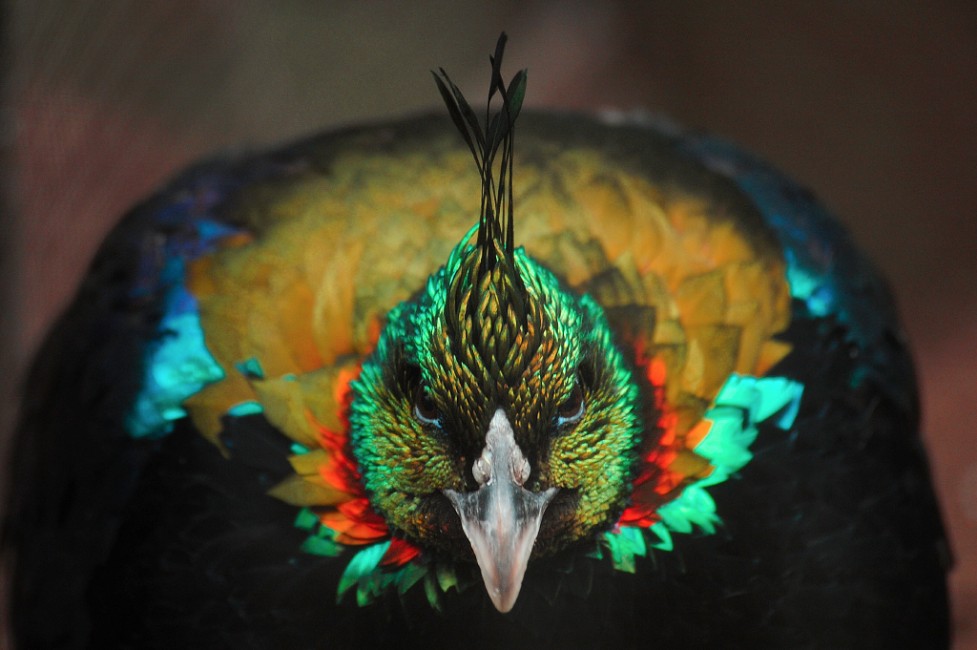
September 3, 2014
Now It’s Your Turn
- as seen by -
 Dan Rosen
Dan Rosen
William Beebe, the Wildlife Conservation Society’s founding ornithologist, was fond of pheasants and, in 1909, he was offered the chance to write the definitive book on them. With the backing of a wealthy supporter, he traveled to the far reaches of the globe to document the birds in their natural habitats. A Monograph of the Pheasants, four volumes, was the result.
Many of the birds he observed in the process, including the male Himalayan monal, were brightly colored. Wouldn’t this make them more vulnerable to predators?
From his observations, Beebe decided that such coloration played a role in how the pheasants responded to danger. Those that possessed vibrant feathers, he argued, were more apt to flee rather than hide. “The pheasants’ realization of their own degree of protection seems to me an irrefutable solution of the question,” he later wrote in Pheasants, Their Lives and Homes, “regardless of the fact that it must be wholly instinctive to them.”
Personally, Beebe found their coloration intoxicating and he counted himself among the lucky few able to indulge in it. “The sight of a wild Impeyan Pheasant amid the lofty forests of its Himalayan home is vouchsafed to but few lovers of birds,” he wrote, referencing the monal. “Once seen it is never forgotten.”
Now, as part of our new feature, we’re asking you to seek out something similarly memorable in nature—a burst of color to rival the monal—and to photograph it. Our editorial team will pick some of the strongest entries (based on appeal, composition, originality, and technical quality) to appear on the website.
Nikon D4
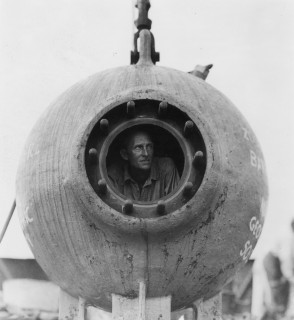
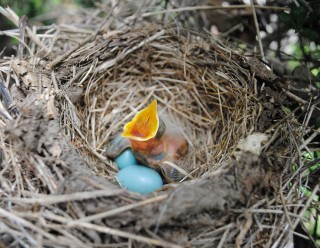
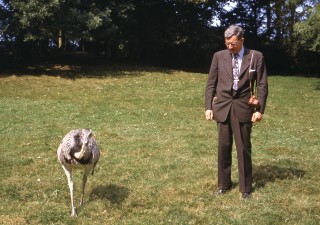
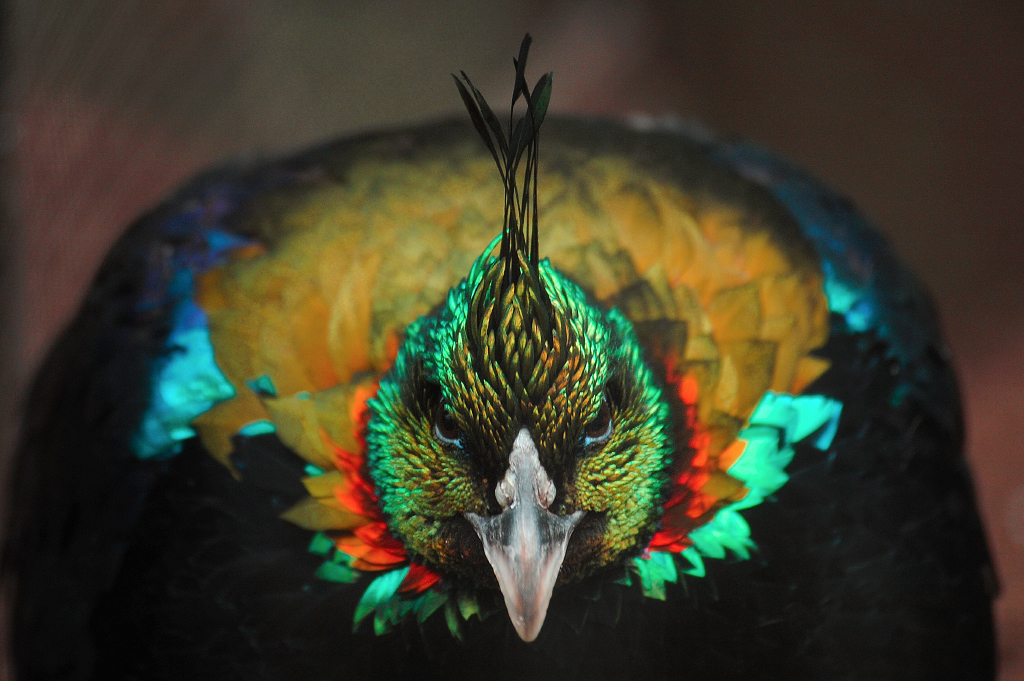
Leave a Comment